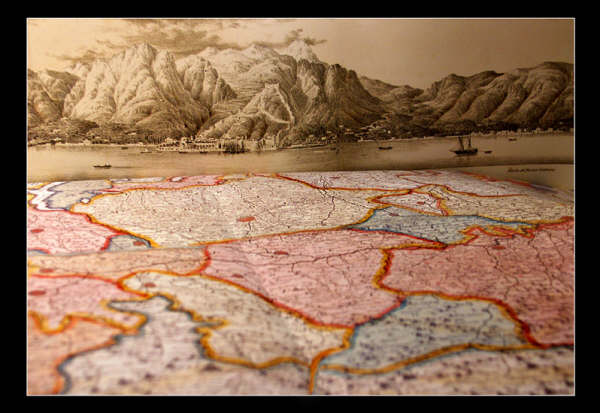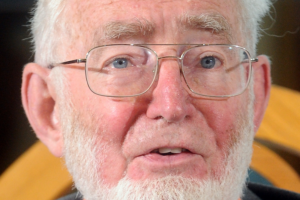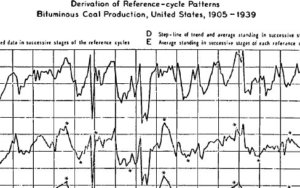The student is early trained into the habit of classifying knowledge, then papers and colleagues according to their field. You share your office with a labor economist, will be part of a committee recruiting some health economist, and are late with your review of this environmental economics paper (well, that’s unlikely). Economic fields draw a map with which economists navigate their profession on a daily basis.
The visible scaffolding of such mental structure is, of course, the JEL classification system. The AEA website indeed introduces the list of JEL codes in a page titled ” What are the fields in economics ?” Fields are separated into core skills (mathematical and statistical/econometric knowledge) and applications, and it’s not perfectly clear, as usual, where micro and macro belong. The bulk of economic fields is thus framed as itemizations of a wider “applied economics” category. Although closely linked in nature, role and historical dynamics, to the notion of “fields,” the idea of an “applied economics” (and the associated debates over whether this candidate is an applied economist and this paper should be on the program of our applied micro conference) deserves a separate post.
The framing effect of the “fields” mental structure become apparent (and problematic) to the historian at the very moment he steps out of his time machine. As he quickly realizes, his field classification makes a useless map to stride across the “Eleven twenty six” Chicago building in 1948 or Von Mises’s Chamber office in 1924 Vienna (not to mention Quesnay’s Versailles). It even becomes a blinker if the very purpose of the time travel is to study how some fields emerged, gained autonomy, blended and floundered. For such project, the JEL classification might be helpfully recast as a historical object, on that reflects and in turn frames the dynamics of economic fields.

I know nothing of the construction of the JEL classification system and of its subsequent updates. When, how and why was it fashioned? Is it a sign of the unification of economics around a “core,” or of the fragmentation of the discipline? Are JEL codes postwar objects ? And if so, were there no “fields” in the 1900s, 1930s, 1950s? For sure, labor, international and agricultural economics, to name but a few monikers, largely predate the establishment of codes. But would scholars label themselves labor economists back in these years? For instance, it seems a distinct caste of “ag economists” is tracable up to the early days of the twentieth century. Why so? When do “themes” or “subjects” or “interests” morph into “fields”? And when is a new field given a code by the AEA? Upon request of a sizeable community of men? When a society or an annual conference is established? Which level of institutionalization is reflected in this coding? How does it meet a demand for financial, institutional and intellectual independence by some groupes of economists? Finally, what is meant by the AEA’s claim that fields “are more signeposts than fences?”
The “fence” analogy suggests that the JEL classification does not merely reflect intellectual and institutional evolutions, but also inform economists’ discourses and practices. How does naming, coding and classifying frame academic and intellectual space? One way to approach this framing effect is through a comparative analysis with sociologists, whose “interests” are organized into “sections” by the ASA, and with the organization of the American Psychological Association into 54 divisions. A comparison with the Dewey decimal classification may be meaningful too, and there probably exists tons of great general and case studies of the effect of classification systems in history and sociology of science (any reference?).
The lack of existing answer to these questions is kind of a puzzle: natural as the notion is for economist, “fields” have not yet become objects of analysis for historians. Attention has been rather focused on the history of notions (markets, rational expectations), core theories (game theory, general equilibrium theory, decision theory), tools and practices (modeling, econometrics, observation, quantification), and, more recently, communities, institutions and places (GSIA, Chicago, MIT, Bloomsbury, Quesnay, Vienna and Pareto circles, RAND, Cowles, Princeton). Economists’ ventures are hardly historicized in reference to a field (although E velyn Forget, for instance, treats health economics in this way), and broader stories of applied fields are still much wanted (see Part 3 of this HOPE’s volume for a start).






